
News today is not just information; it’s a product. It has lost its credibility over the years, morphing into a tool for shaping public opinion rather than informing it. Most media houses in India are either backed by corporate giants or influenced by the government. Since corporate entities are driven by profit, news is no longer neutral or ethically grounded. Instead, it is packaged and sold to the highest bidder—often to build narratives that favor the ruling establishment. By promoting government achievements and influencing public perception, these media outlets ensure that businesses aligned with the ruling party continue to thrive.
But why do people in India trust the news and exit polls so blindly, as if they were absolute truths? The answer lies in history. During India's freedom struggle, the press played a crucial role in mobilizing public sentiment. Newspapers were seen as a beacon of truth, making it almost sacrilegious to question their credibility. Even today, with a literacy rate of 77.7% and a voter turnout of 62% in a population of 1.4 billion, this inherited trust remains intact. However, the reality of modern media is starkly different from the one that existed during the independence movement.
The Election Commission of India (ECI) had imposed a complete ban on exit polls until June 1, 2024, with the final election results scheduled for June 4. Yet, as soon as the ban was lifted, a synchronized wave of exit poll predictions flooded newspapers and TV channels, all favoring the ruling party. This was no coincidence—it was a well-orchestrated effort to reinforce a pre-decided narrative. Opposition parties were not just dismissed; they were portrayed as obstacles to national progress, fueling the notion that only one party is fit to govern. This deep-seated bias is so entrenched in the system that challenging it would require a monumental effort.
India, the world's largest democracy, boasts 388 news and current affairs channels and 146,000 registered newspapers. Despite such vast media diversity, almost all major outlets have been working in unison to bolster the ruling party’s chances in the 2024 Lok Sabha elections. This is not an isolated phenomenon—it’s a pattern seen across Asian democracies like Pakistan, Bangladesh, and Nepal, where media houses align themselves with the ruling regime. With such a massive information machinery backing the government, it becomes nearly impossible for an alternative narrative to gain traction, especially when half the electorate consistently votes for the ruling party.
Despite the overwhelming support from mainstream media, the election results may not be as one-sided as the exit polls suggest. The ruling BJP-led NDA is likely to retain power, but the path to victory might not be as smooth as projected. The opposition, led by the INDIA alliance and regional parties, is expected to perform better than in the previous election. After analyzing multiple surveys and exit polls, InsightfulTake predicts that the BJP-led NDA will secure around 265 seats, while the INDIA alliance could win approximately 200 seats—a far cry from the sweeping majority that media narratives have been pushing.
As the election results unfold, one thing is clear: the Indian media’s role has shifted from being a neutral observer to an active participant in shaping political outcomes. While voters still have the final say, the influence of exit polls and media narratives cannot be underestimated.





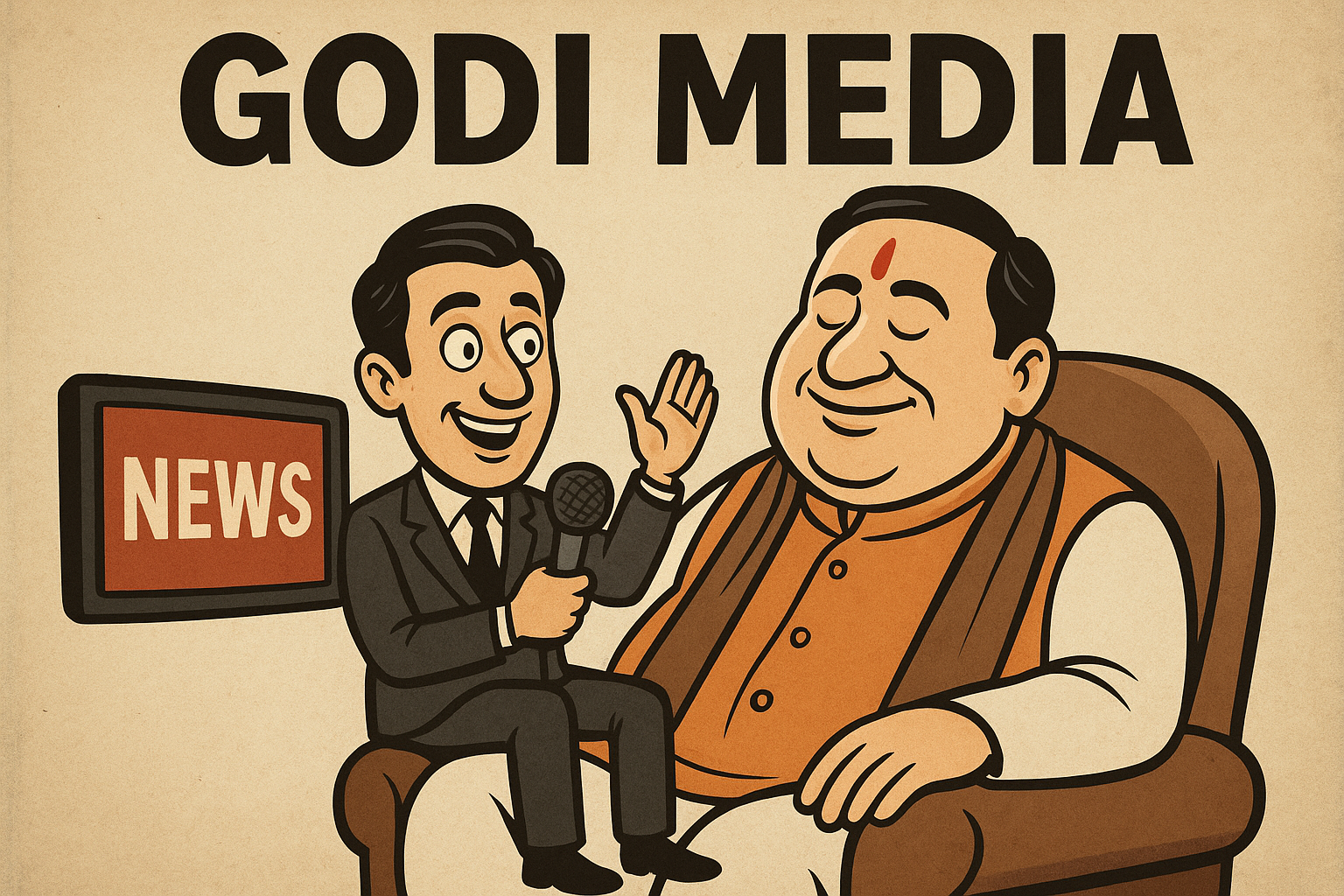
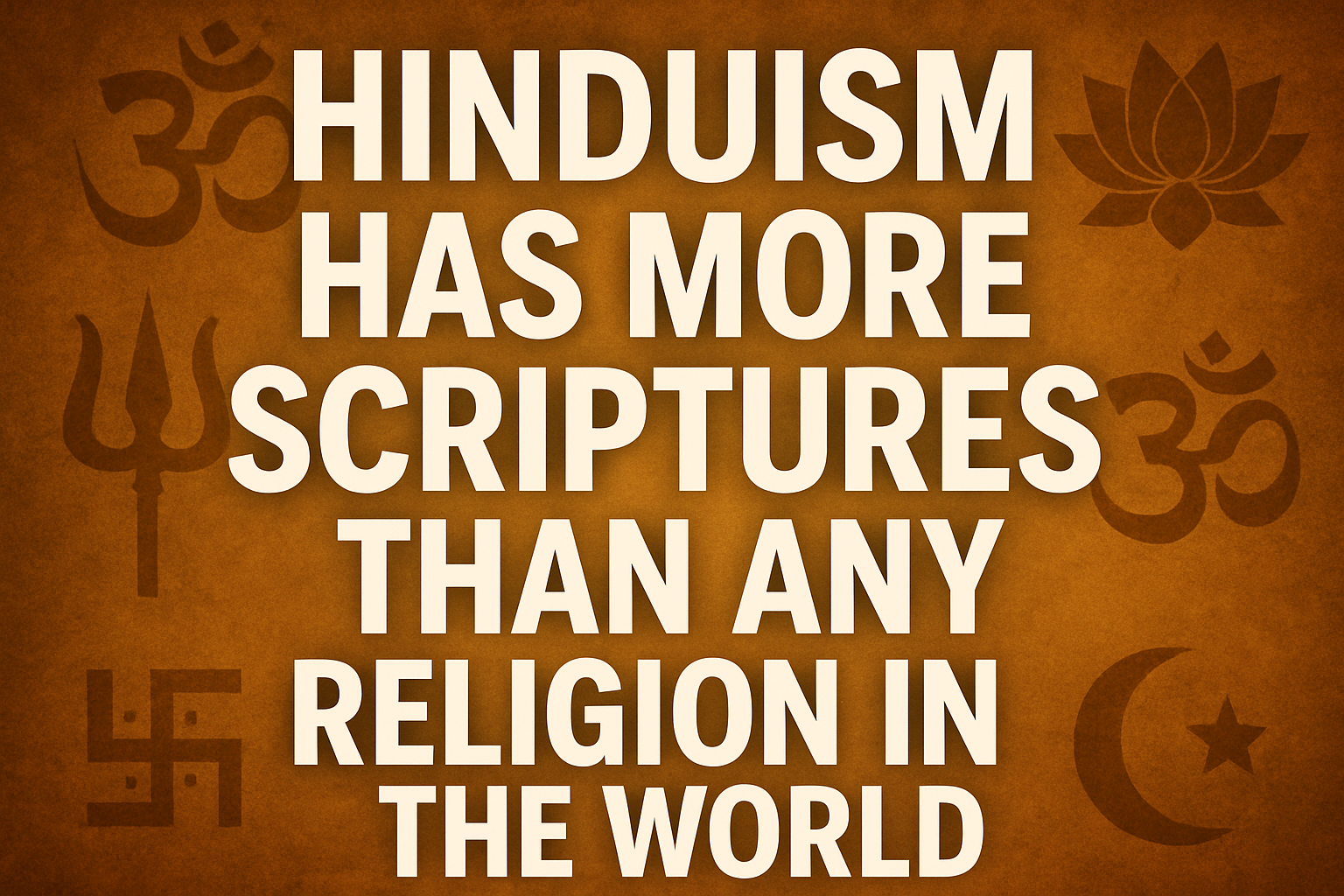

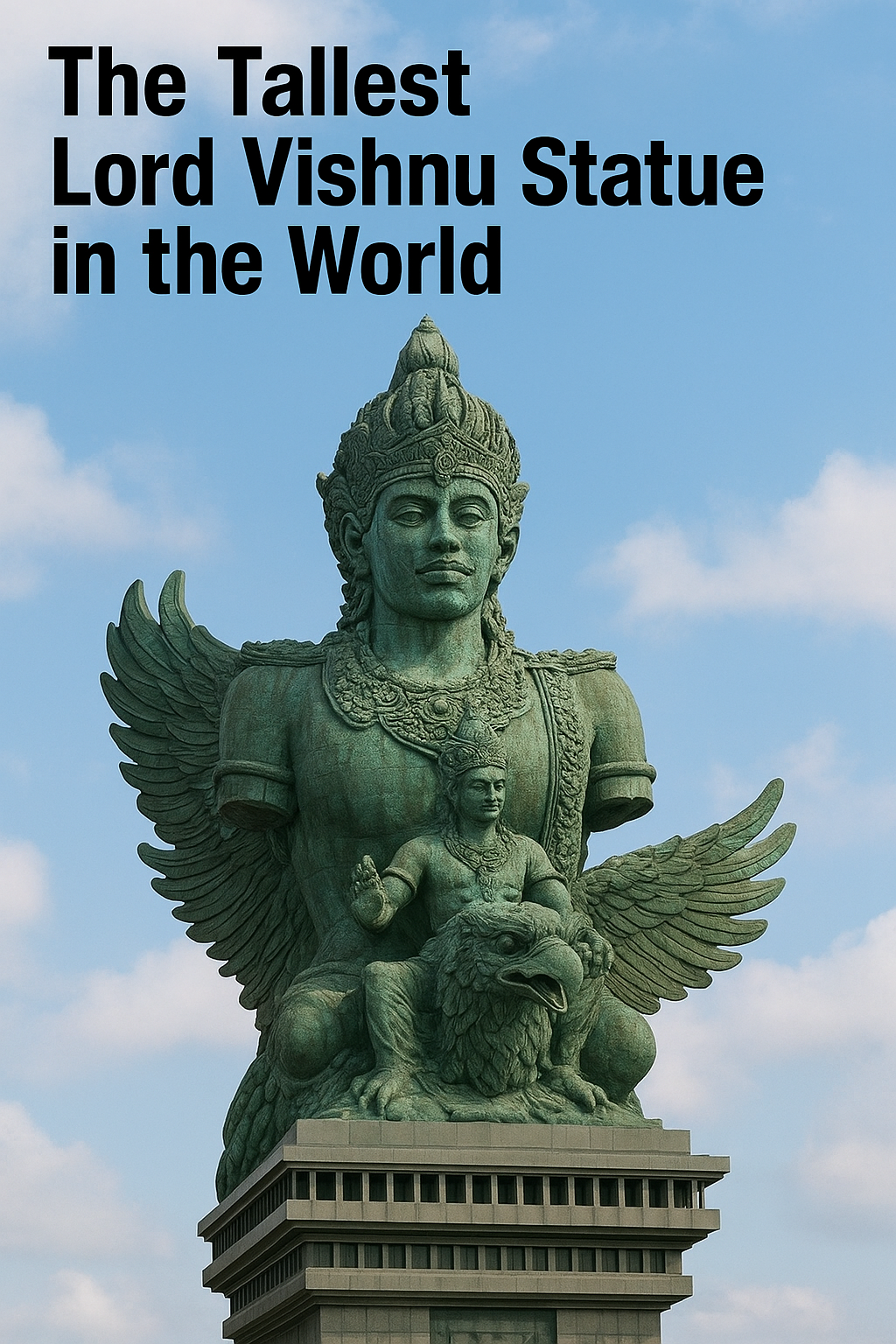

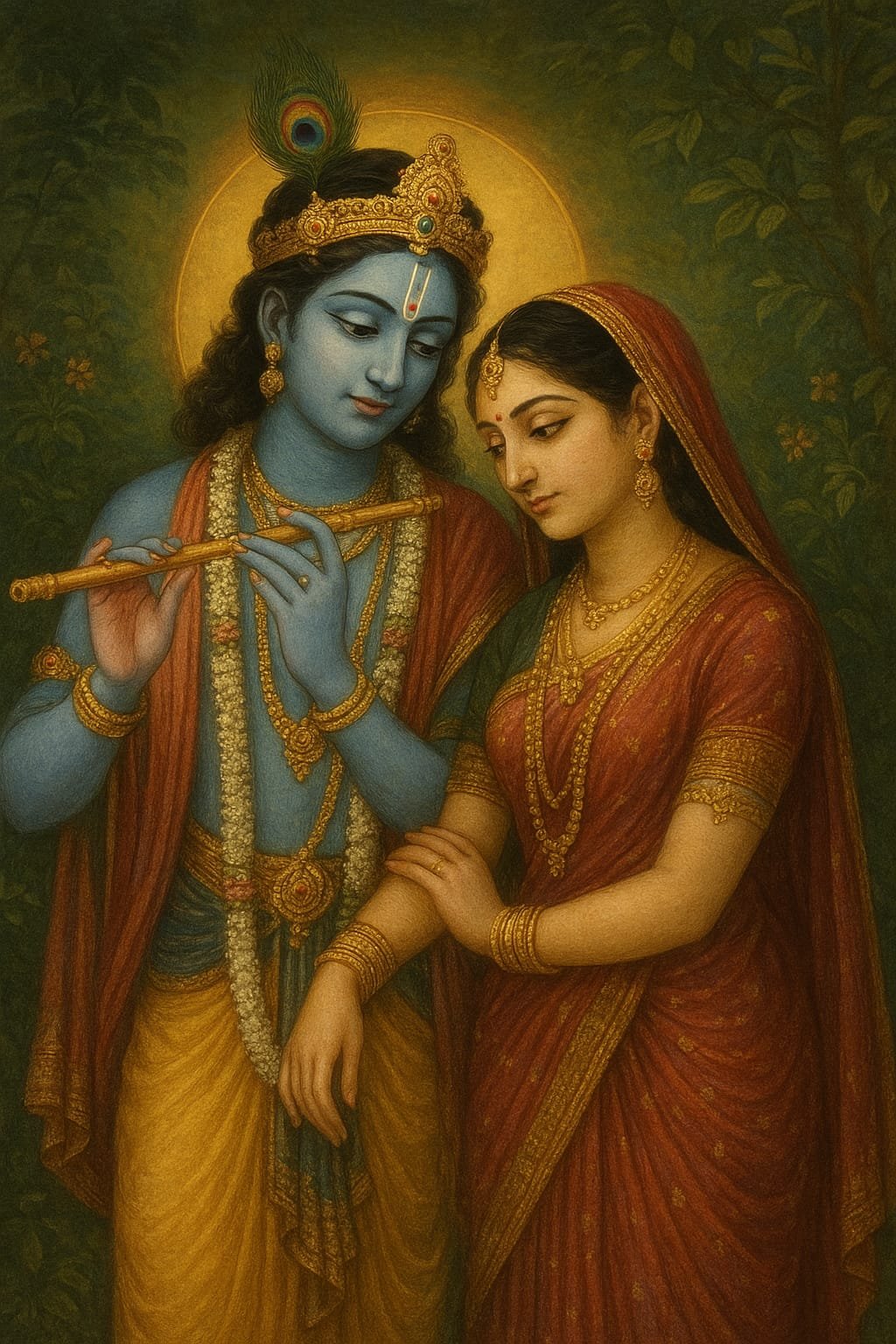
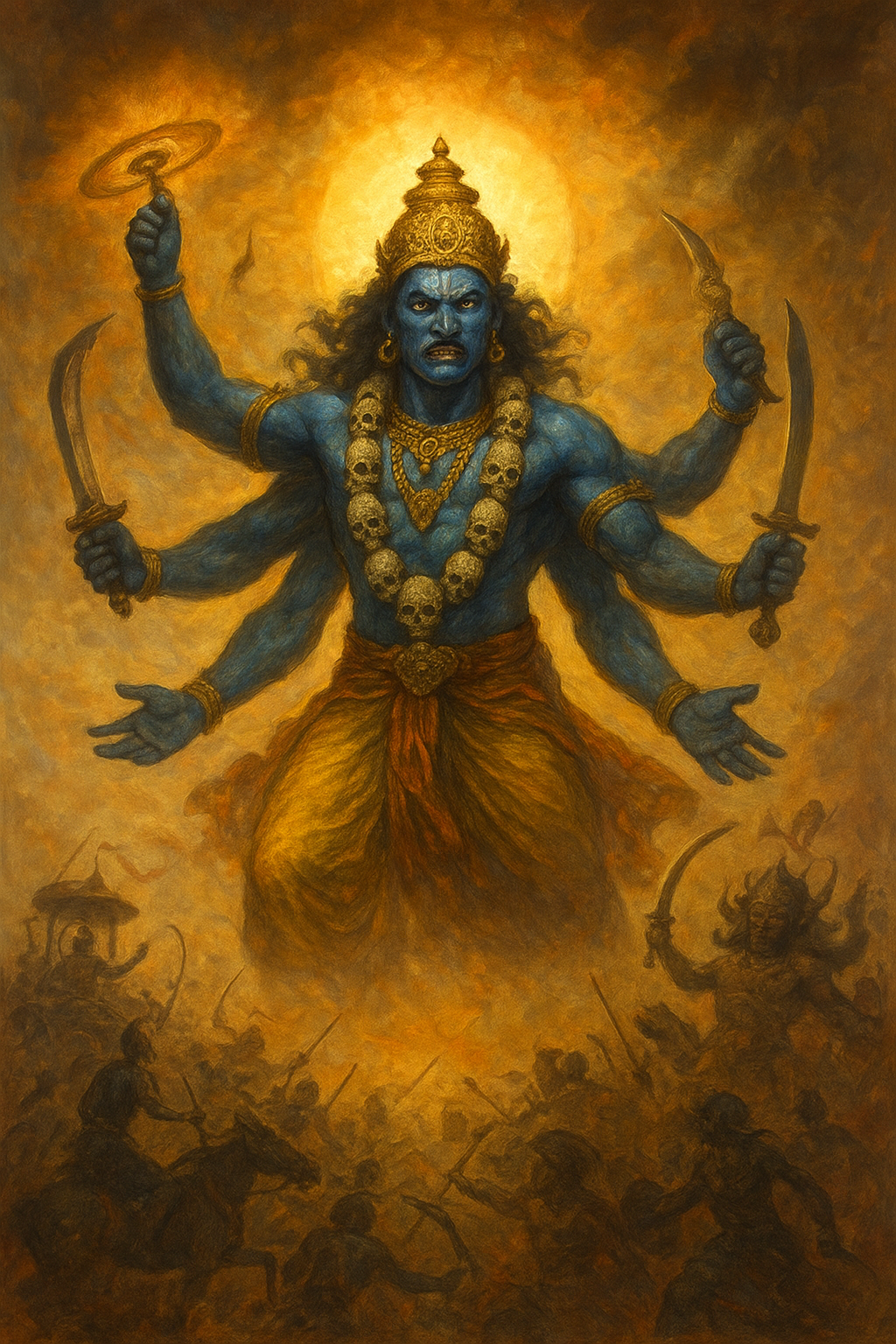
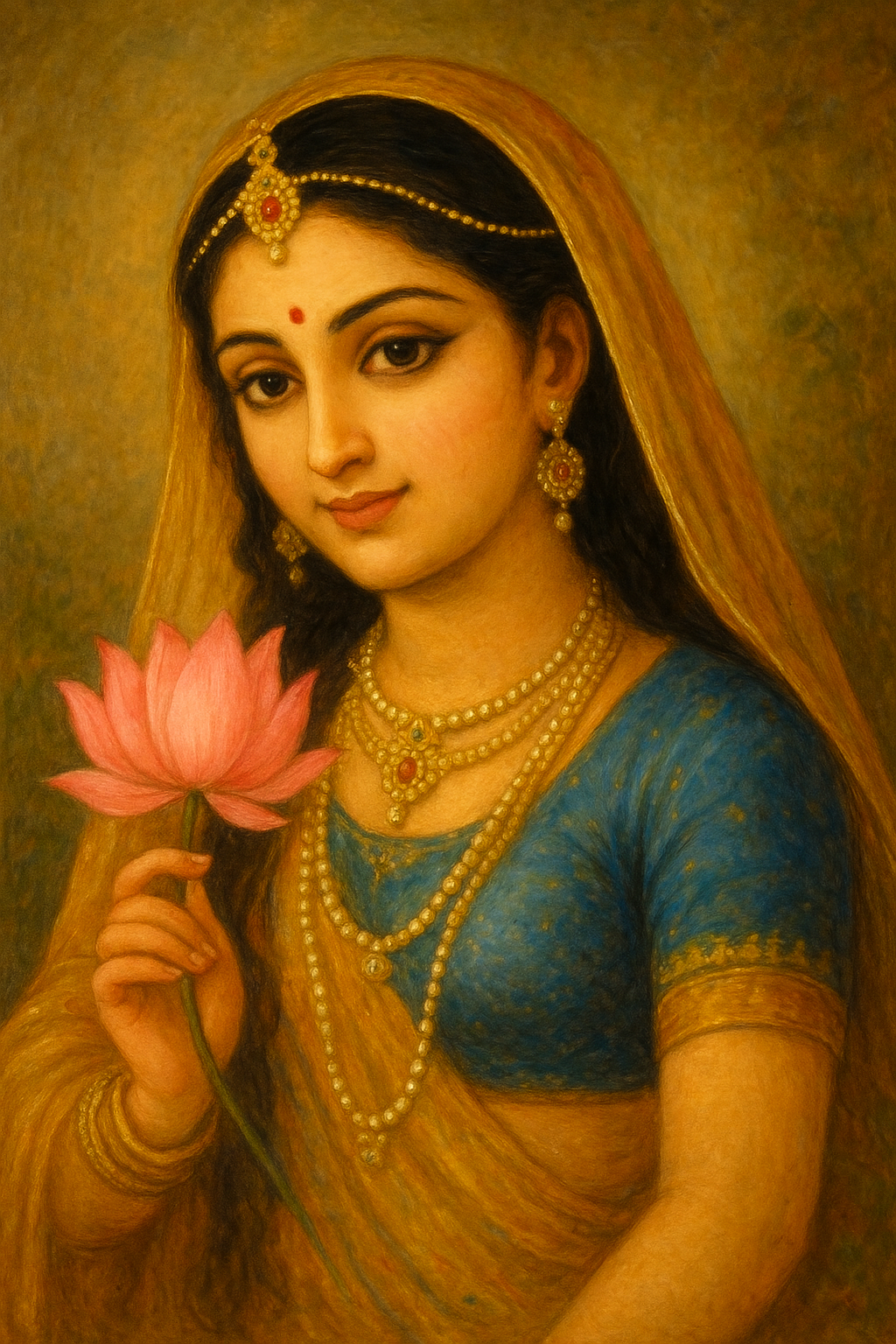

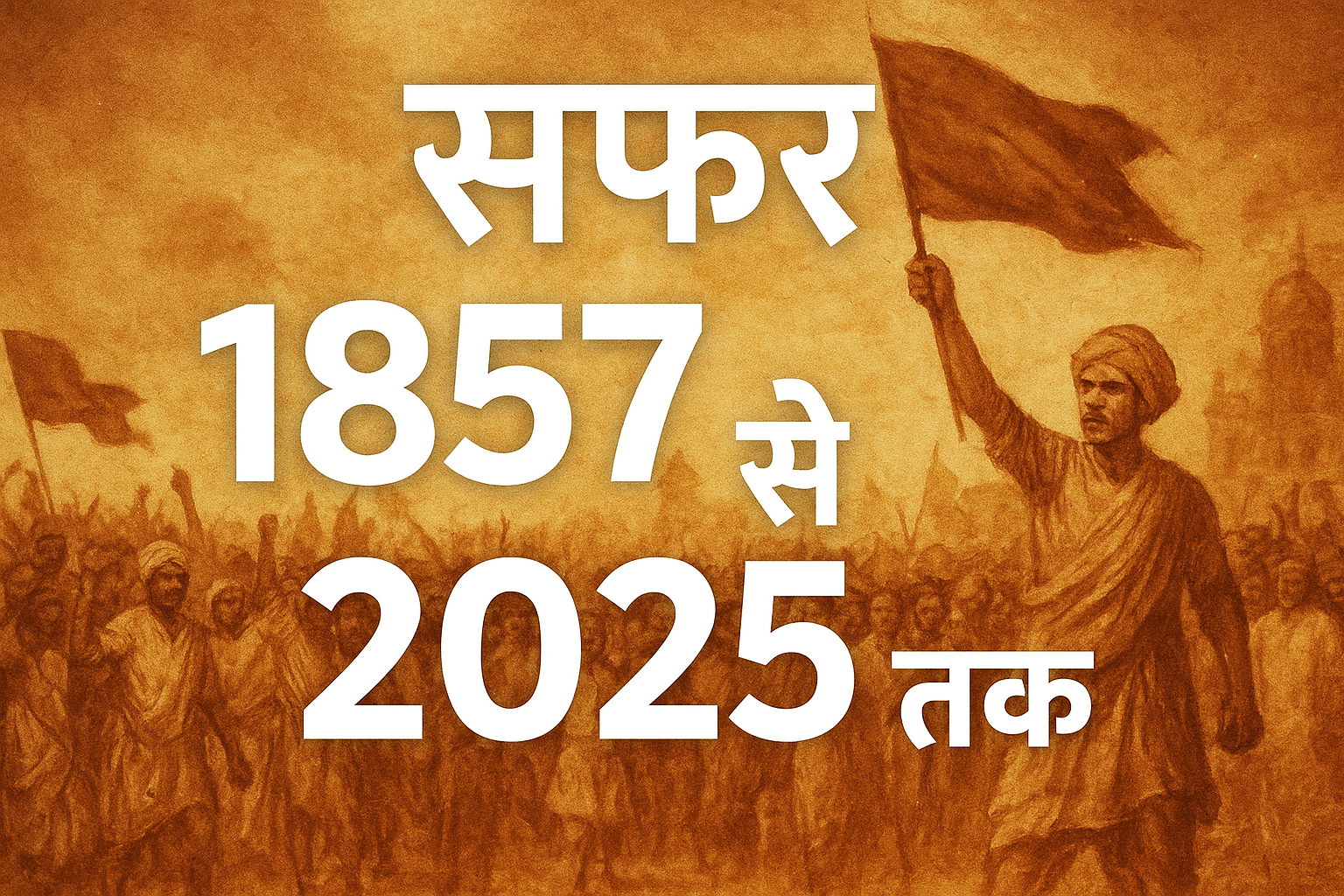
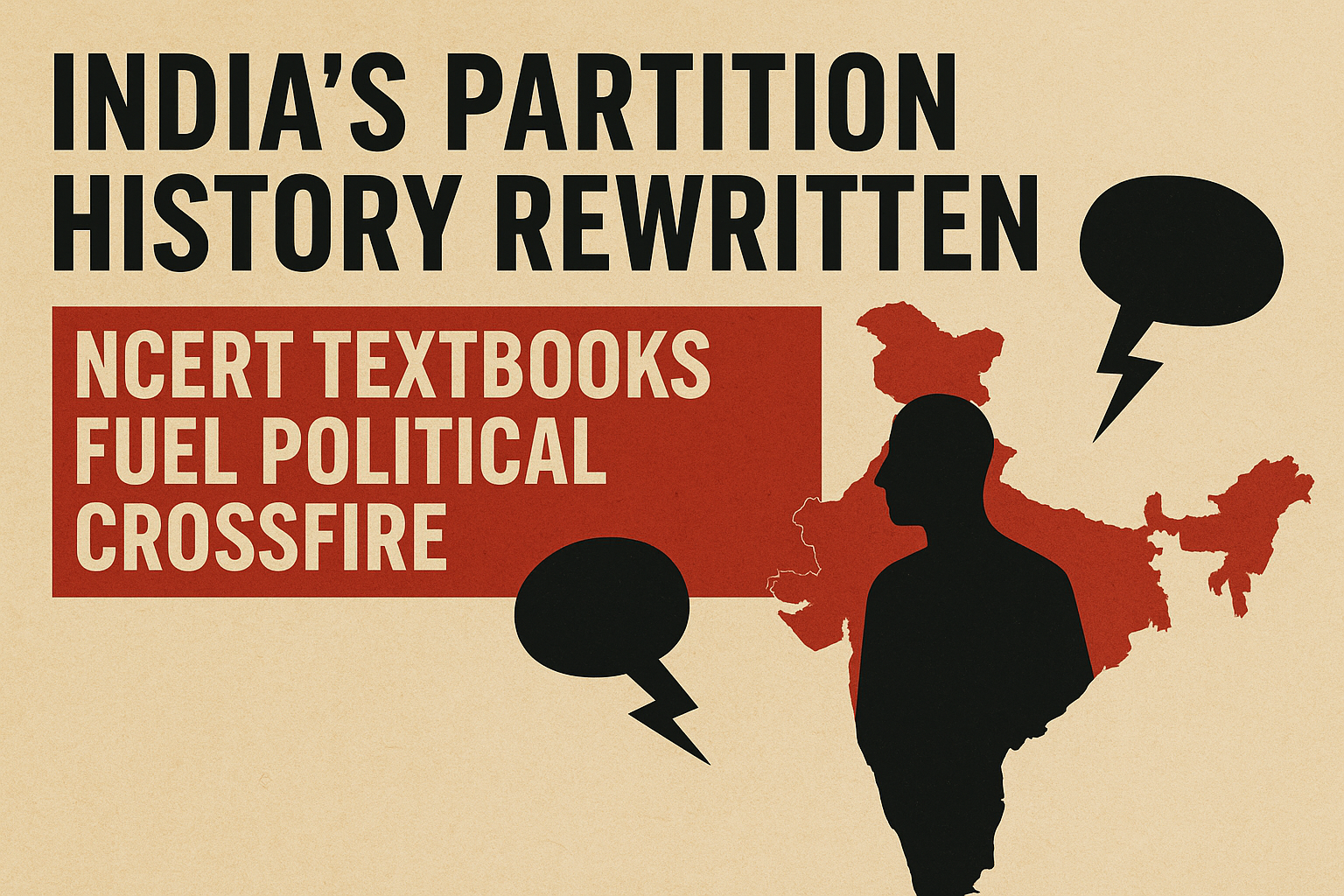



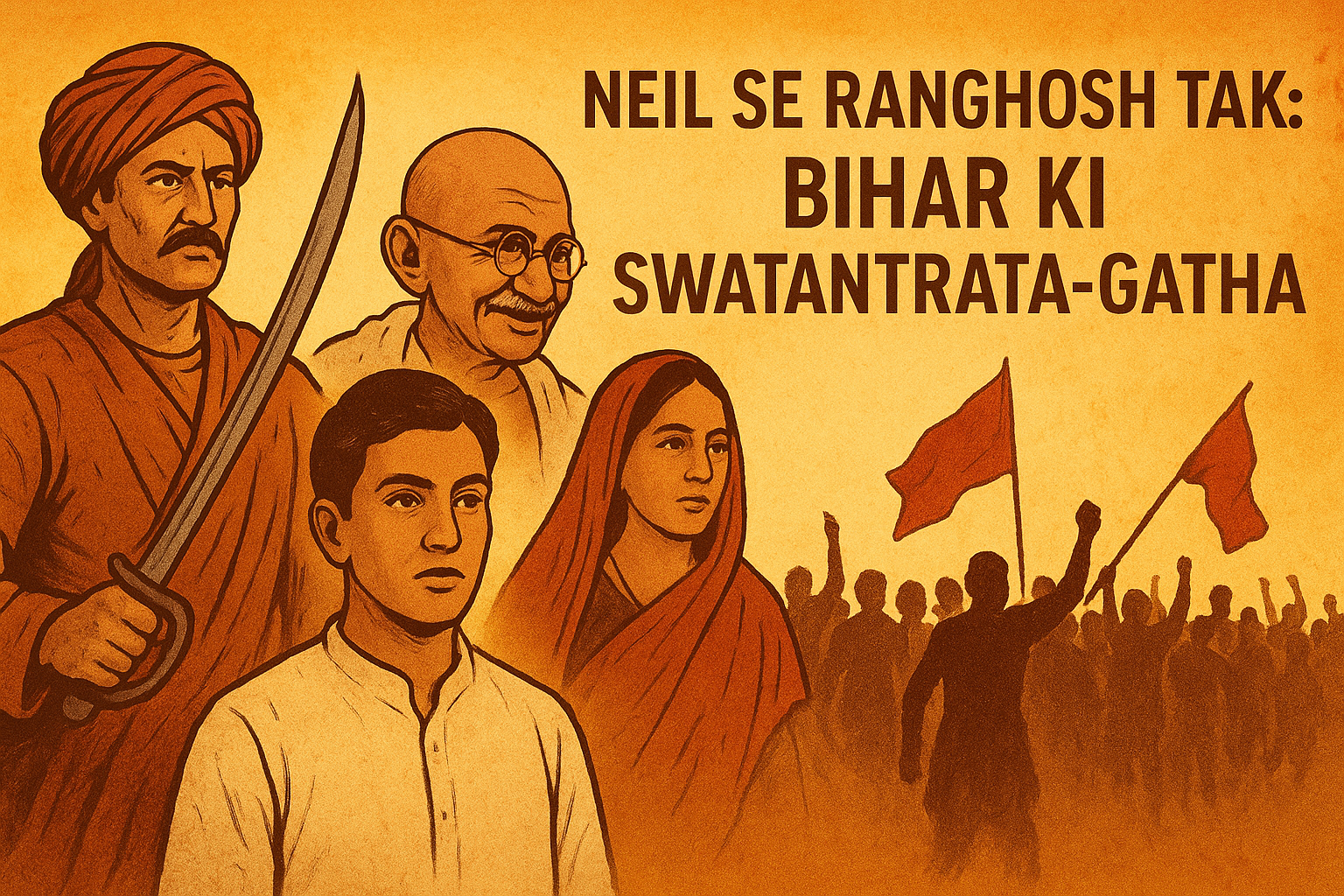


Pankaj kumar
1 year agoPrediction almost!